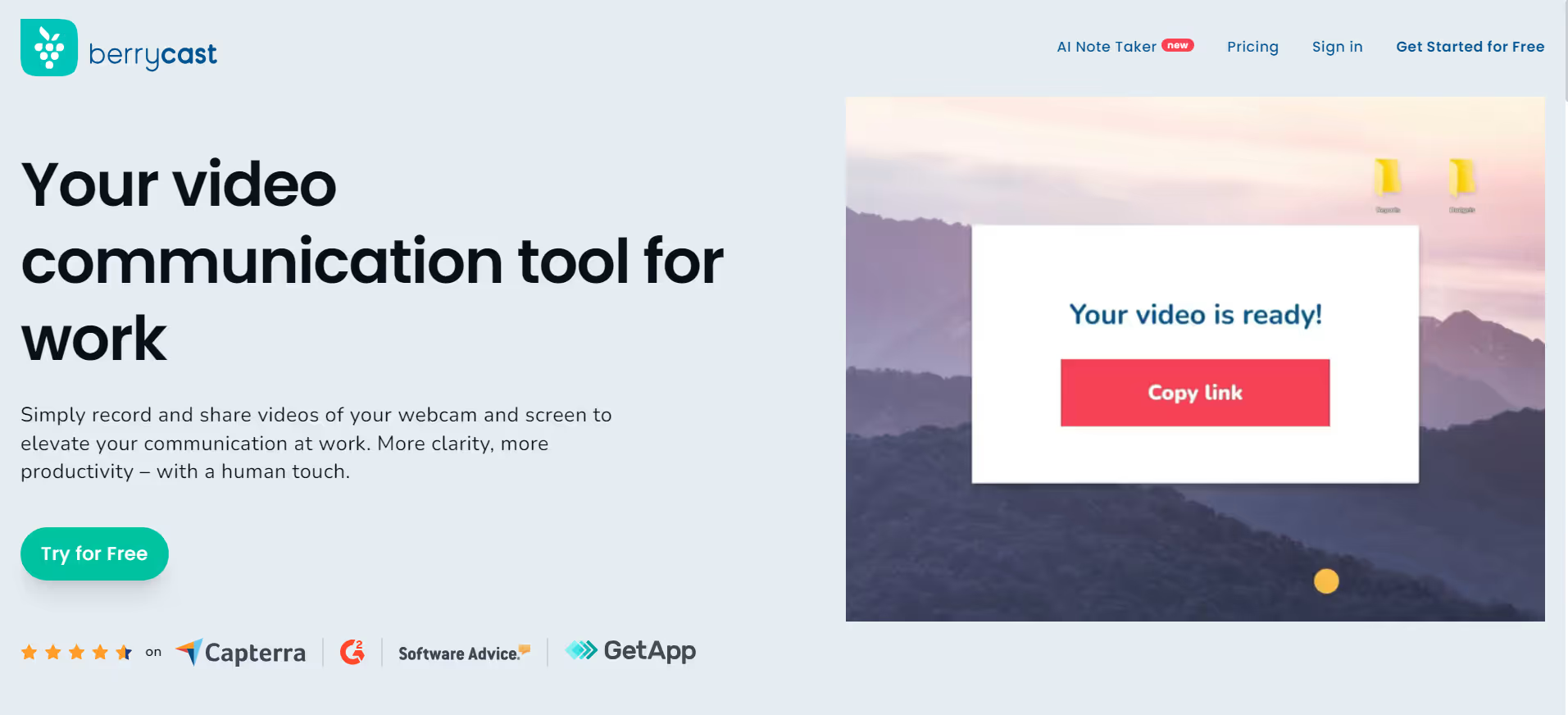
How Do You Communicate Effectively: The Manual to Thrive
Stumbling across communicative roadblocks in the increasingly popular digital age? Discover key insights and strategies within that will help you navigate the complexities of digital communication with ease!
In today's digital age, effective communication has become more crucial than ever before. Whether you're communicating with colleagues in the workplace, connecting with friends and family, or navigating the complexities of online interactions, mastering the art of effective communication is essential. This complete manual will guide you through the ins and outs of communication skills, providing valuable insights into how to communicate better, both in person and online.
Effective Communication Fundamentals
Communication is the cornerstone of human interaction. It is a skill that we use daily, often without giving it much thought. However, to truly excel in the digital age, we need to delve into the heart of effective communication to fully harness the often reduced interaction time. So, how do you communicate effectively? Let's start with the basics.
Verbal Communication
Verbal communication is the most direct and straightforward way to convey your thoughts and ideas. When communicating verbally, it's important to be a good communicator by using clear and concise language. Avoid using filler words like "um" or "uh," which can detract from your message. Additionally, pay attention to your tone of voice and speech rate, as these can greatly impact how your message is received alongside your body language.
In workplace communication, it's crucial to ask questions when clarification is needed. Effective communicators aren't afraid to seek feedback and ensure that they are understood by their team members. Verbal cues, such as emphasizing key points, can also help convey your message more effectively and stress your area of focus.
Non Verbal Communication
Non verbal communication plays a significant role in effective communication. Your body language, facial expressions, and gestures can often say more than your words. Maintaining eye contact, for example, shows that you are actively listening and engaged in the conversation. Proper posture can convey confidence and professionalism, while an open and empathetic facial expression can help build trust.
Non verbal cues can also be used to gauge the reactions of others. If you notice that a team member's facial expression suggests misunderstanding or conflict, it's important to address it promptly. Effective communicators are skilled at picking up on these cues and adjusting their communication style accordingly.
Communication Styles and Strategies
Each individual has a unique communication style, influenced by their personality, background, and experiences. Understanding your own communication style and adapting it to different situations is key to effective workplace communication.
Active Listening
Active listening is a vital component of effective communication. It involves not only hearing the words spoken but also empathizing with the speaker's perspective. To be an effective communicator, practice active listening by giving your full attention to the speaker, asking clarifying questions, and providing feedback to demonstrate that you understand their message.
Written Communication
In the digital age, written communication has become increasingly important, especially in the workplace. Effective written communication requires clarity and precision. Avoid misunderstandings by proofreading your messages and considering the tone and context in which they will be received. Written communication also allows you to convey your thoughts in a structured manner, making it a valuable tool for conveying complex ideas.
Choosing Digital Communication Channels
With the proliferation of digital communication channels such as email, instant messaging, video conferencing, and asynchronous communication tools like Bubbles, it's essential to adapt your communication style to each platform.
Email Etiquette
When communicating via email, be mindful of your tone and the potential for misunderstandings. Use clear and concise language, and make use of formatting tools such as bullet points to organize information effectively. Be prompt in your responses to show respect for your colleagues' time.
Video Conferencing
Video conferencing has become a staple of remote work and virtual meetings. To be an effective communicator in this medium, pay attention to your non verbal cues. Ensure you have good lighting and a clutter-free background to maintain professionalism. Additionally, make an effort to maintain eye contact with the camera to create a sense of connection with your audience.
Instant Messaging
Instant messaging platforms can be a double-edged sword. While they offer quick communication, they can also lead to misunderstandings due to the lack of non verbal cues. To mitigate this, use in text cues and punctuation to convey emotions, and don't hesitate to switch to a video call or phone call when necessary to ensure clear communication.
Bubbles
Bubbles bridges the gap between quick and easy messaging and thorough demonstration and annotation of a piece of work. With Bubbles, you can achieve strong verbal and non-verbal communication through our video feature while also engaging in effective workplace communication. This allows you to easily depict the work you've been focusing on while maintaining a high level of clarity and detail. When recording a Bubble, ensure that the on-screen content is clear, and use effective annotation to prevent any misunderstandings. Bubbles' benefit as a medium between workplace communication methods from a perspective of experience is explained in the Bubble below.
Make your
meetings matter
Loved and trusted by 100,000+ users:
- Automatically Record and Transcribe Meetings
- Extremely Accurate Notes, Summaries, and Action Items powered by AI
- Works with Zoom, Google Meet, and Microsoft Teams
- Save time and follow-up with quick async videos
Simply connect your work Google or Microsoft Calendar to get started.
Conflict Resolution and Open Communication
Conflict is a natural part of human interaction, but effective communicators know how to navigate it skillfully. Open communication is the key to resolving conflicts in the workplace and in personal relationships. When conflicts arise, approach them with empathy and a willingness to listen. Ask questions to understand the root causes and work together to find solutions.
Conclusion
In the digital age, effective communication is the foundation of successful relationships, both personal and professional. To thrive in this era, one must master the art of communication skills, encompassing verbal and nonverbal communication, active listening, and adapting to various communication channels. By becoming a good communicator and continually honing your communication strategy, you can convey your thoughts and ideas more effectively, build stronger relationships, and succeed in the ever-evolving digital landscape. So, how do you communicate effectively? With practice, empathy, and a commitment to improving your communication skills, you can thrive in the digital age as an effective communicator.
Collaborate better with your team
Get your point across using screen, video, and audio messages. Bubbles is free, and offers unlimited recordings with a click of a button.
.avif)
Collaborate better with your team
Get your point across using screen, video, and audio messages. Bubbles is free, and offers unlimited recordings with a click of a button.
.avif)













.avif)